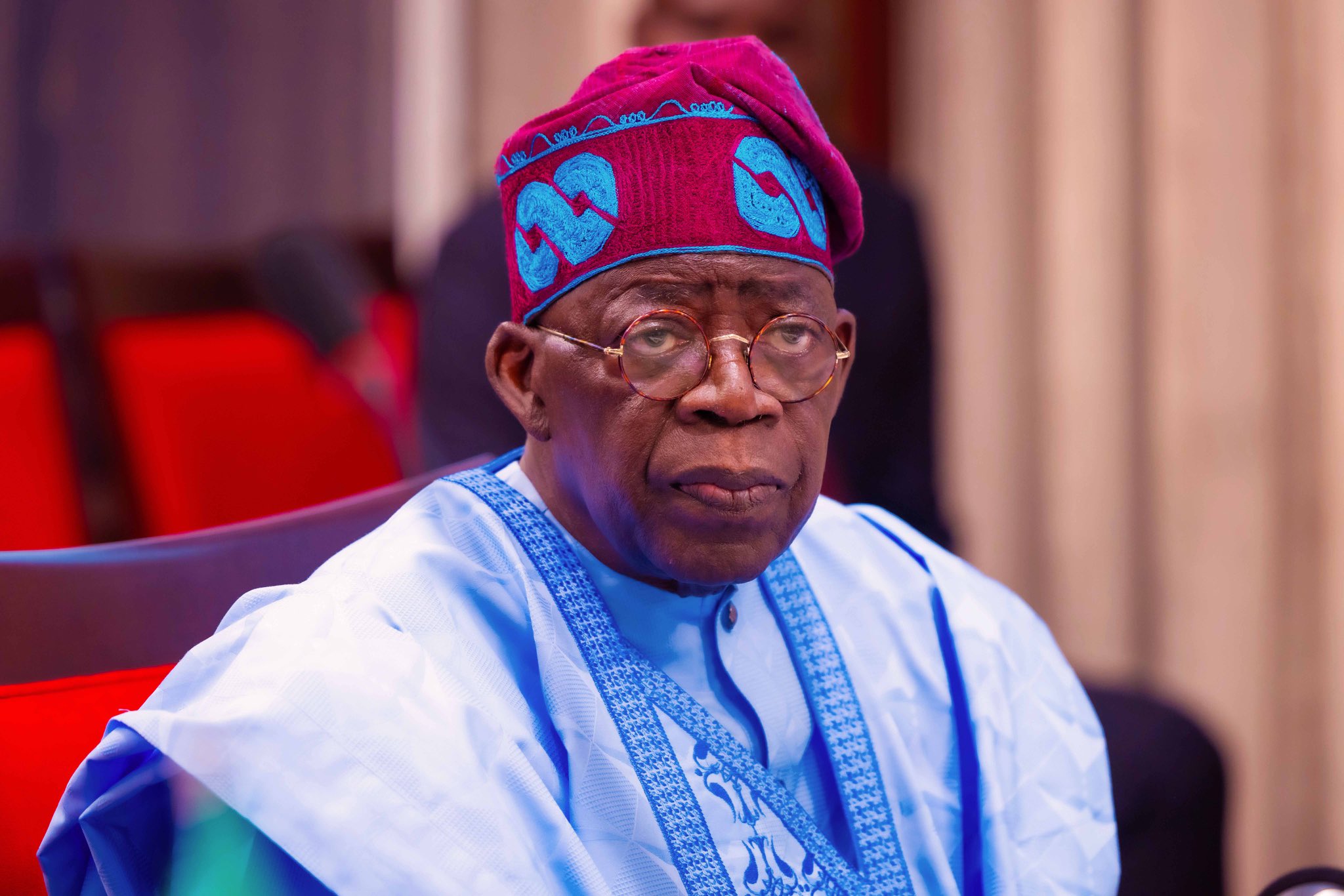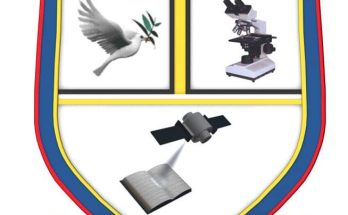At a recent interactive media chat in Abuja on the state of Nigeria’s education, startling revelations were made, especially on how budgetary allocations are squandered on flimsy excuses, and on how internationally set standards are grossly undermined by official corruption. AUGUSTINE OKEZIE takes a critical look at the growing divide between fiscal projections and the development of the sector
Nigeria’s present educational policies, covers from early childhood education, primary, secondary and tertiary education and the vocational training. The system is also anchored on the 9-3-4; 9 years of basic education; 3 years of senior secondary and post basic education and 4-7 years of tertiary education, depending on the course of study.
Since Education is on the legislative concurrent list, responsibility is shared between the federal, state and local governments. However, the federal ministry of education (FME) plays a dominant role in regulating the education sector, engaging in policy formation, monitoring of implementation, and setting and maintaining standards.
The ministry is also responsible for collecting and collating data for purposes of educational planning and financing; maintaining uniform standards of education throughout the supervisory role of the inspectorate services department within the ministry; harmonizing educational policies and procedures of all the state of the federation through the instrumentality of the national council on education; effecting co-operation in educational matters on an international scale and developing curricula and syllabuses at the national level in conjunction with other bodies.
Several challenges are besetting the education sector with various policy documents detailing the way forward on education. However, the roadmap for the Nigeria’s education sector seeks to harness and combine all the major highlights of these policy frameworks.
Access and equality
Some of the preliminary challenges facing the transformation of Nigeria’s education sector include: access and equality, standards and quality assurance, funding, resources mobilization and utilization. Nigeria’s vision 20:2020 is predicted inter alia on building strong human capital for economic growth and social development which cannot be done without a sound educational system.
Major fallout from the vision is to guarantee the well – being and productivity of the people; since education is key in the realization of national set goals like building human capacity for sustainable livelihood and national development and ensuring the maximum development of the potentials of individual in a knowledge driven society.
The provision of infrastructure, increasing enrolment figure, enhancing capacity and competence of teachers, enforcing guidelines for standards and education quality assurance, was seen as highly imperative, and was therefore featured in the vision. Furthermore, in the Transformation Agenda, education is also regarded as a tool for the transformation of the Nigerian society and allocations are made for the years of the implementation of the Agenda.
Budgetary Summersaults in Education
According to publication by the Centre for Social Justice titled: Right to Education in Nigeria, the financial projections that were made for capital projects in Vision 20:2020 and the education sector budgets 2009- 2013 showed a gross disconnect, as it recorded a shortfall of over N346.8billion.
Similarly, a review of the fiscal projections of the transformation agenda and education sector budgets also reveals a shortfall of N28.7 billion. Furthermore, the financial provisions in the transformation agenda and the SURE-P made provision for vocational education and implementation so far, has not been encouraging.
An analysis of the budgetary provisions for the year 2009-2013 showed that the budget was suffused with recurrent expenditure while capital expenditure received an average of 18.1%. This is below expectations in Education for all fast track initiative benchmark of at least 20% of the sector budget being allocated to capital projects.
On the average, over the 2009-2013 periods, only 55.4% of the total released capital budget for the sector was utilized for projects. This shows low absorptive capacity on the part of the federal ministry of education. Further, the average utilization rate vis-à-vis the overall education capital budget was 44.7% over the period. The percentage of capital budget released on the average was 60.15% and the percentage of capital budget cash backed amounted to 57.22%.
Also, on the average, only 63.1% of the cash backed funds were utilized in advancing the right to education. Thus, the problem is not only centered on the amount provided to the sector, but also the poor releases and poor implementation of the budget.
The federal government made available a total of N289.36billion for basic education through Universal basic education (UBEC). UBEC also made matching grants to states and a total of N43.077billion was un-accessed by states as at September 30, 2013.
This is attributed to the fact that states were expected to provide 50% of the funds to be matched and to account for previous disbursements before accessing new tranches of funds. Between 2010-1012, the tertiary Education fund made available the sum of 259.4billion for various interventions in tertiary institutions. In general, Nigeria did not meet the 26% budget benchmark set by UNESCO for education funding.
The main challenges besetting the education sector are summarized to include poor budgeting and non- alignment of budgets with development plans. Stakeholders are not brought on board in budgeting for the implementation of strategic frameworks and national plans. Structural issues involving the duplication of agencies rendering the same service and resulting in huge overlays for recurrent votes abound.
At the level of educational institutions, accountability, transparency and popular participation is lacking in their budgeting system. Capital budgets of institutions show a preponderance of construction of buildings, roads and perimeter fencing. Libraries, laboratories and equipment for impartation of knowledge hardly show up as budgetary provisions. Legislative oversight the expenditure of educational institutions is weak.
Education sector indicators are poor compared to available resources and the indicators from neighboring and poorer countries. Nigeria contributes 10.5million out of the 57million out of school children worldwide. The percentage of primary school age children out of school is stated to be 41%. The secondary school enrolment stands at 44% while tertiary school enrolment stands at 10.3%. Sub-Saharan Africa accounts for 58% of the additional primary school teachers needed worldwide, requiring approximately 225,000 per year between 2011 and 2015 to meet the goal of universal primary education. However, over the past decade, the average annual increase in the region has been only 102,000 primary school teachers being 13% of the global total. The percentage of trained teachers in primary schools is 66% while it is 85% in secondary schools. The pupil teacher ratio stands at 37 pupils to 1 teacher. For secondary schools, the ratio stands at 33 students to 1 teacher. The transmission from primary to lower secondary schools stood at 365 while only 28.8% of applicants that sat for university entrance were admitted in 2013. There are insufficient spaces for candidates seeking university education while the carrying capacity of tertiary institutions is low.
Universities are beset by massive infrastructure deficiencies – hostel accommodation, lecture room and theatres, laboratories, libraries, etc. qualified teachers are insufficient numbers while the same institutions are over- staffed with non teaching staff. Governance structure is weak and the system gets its priorities wrong.
In consideration of the resources invested by government in education, it clear that Nigeria is failing to invest the maximum of available resources for the progressive realization of the right to education. This is evident when FGN education investments are compared to the resources other nations with less endowments than Nigerian put into education. This is a failure of the fulfillment obligation. The four cardinal parameter of the right to education are availability, accessibility, acceptability and adaptability.
To grow Nigerian education therefore to the expected Olympian heights, requires the need to harmonize fiscal projections of high level policies with plans realistic. Even though the high level policy documents in education are virtually in agreement in terms of their objectives and what they intend to achieve, their fiscal projections should be harmonized for effective resources provision to the sector.
Increased allocation to the sector
The federal government should strive to progressively achieve the 26% UESCO benchmark in education funding, so as to ensure availability, acceptability and adaptability of education. The disbursement of extra budgetary interventions such as TETFUND and NDDC funds should also be made to increase progressively.
Increased capital expenditure
Government should also take steps to meet the minimum capital expenditure investment of 20% as recommended in the Education for all fast track initiative benchmark and thereafter progressively increase it to 40%. A special education infrastructure funds should also be provided to bridge the infrastructure deficit and improve teaching skills through enhanced training skills acquisition by teachers.



